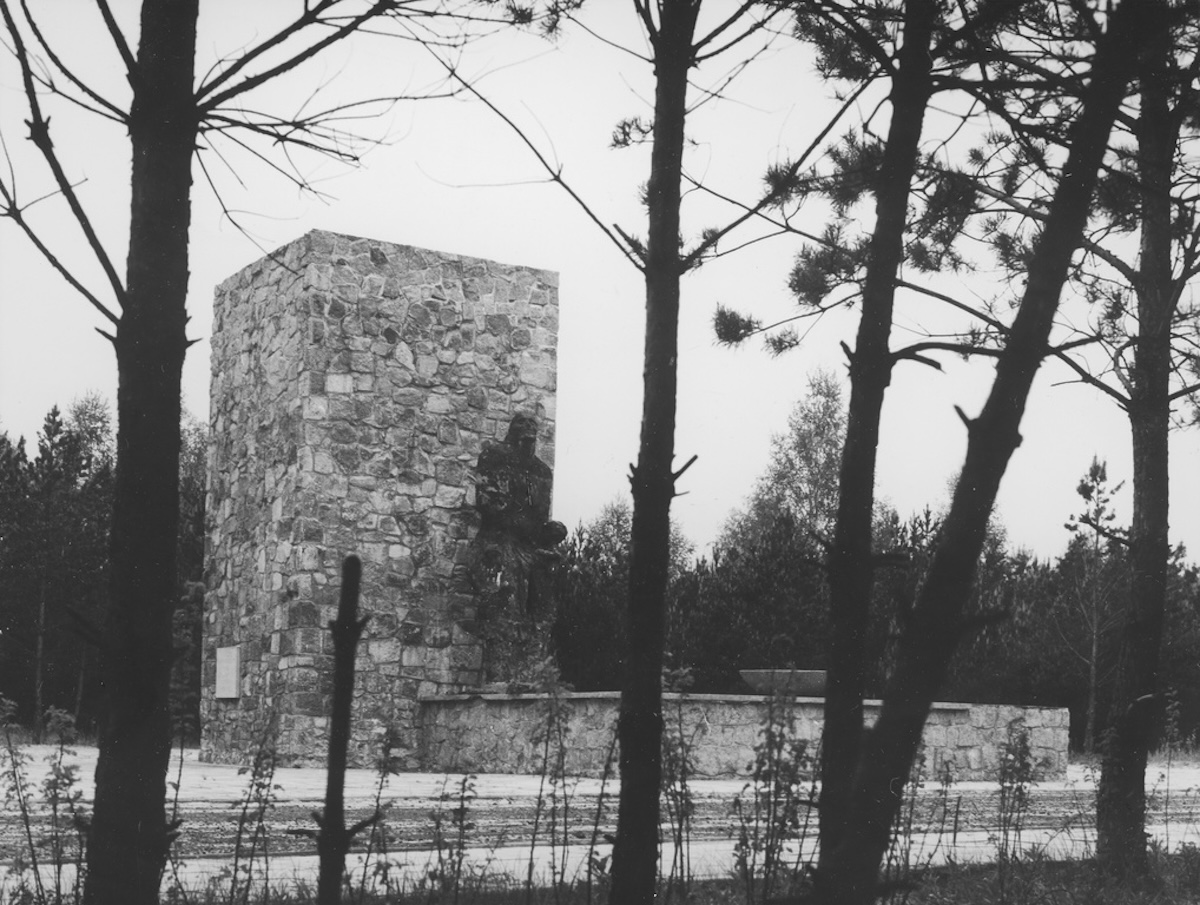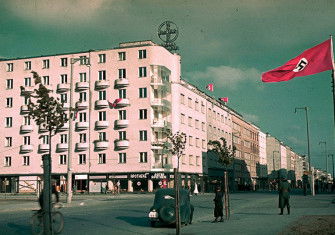Sobibór Uprising: The Other Great Escape
The mass breakout from Sobibór death camp in October 1943 has been largely forgotten. What happened?

We knew our fate. We knew that we were in an extermination camp and death was our destiny. We knew that even a sudden end to the war might spare the inmates of the ‘normal’ concentration camps, but never us. Only desperate actions could shorten our suffering and maybe afford us a chance of escape. And the will to resist had grown and ripened.
(Thomas Toivi Blatt, From the Ashes of Sobibór: A Story of Survival)
Sobibór, Belzec and Treblinka extermination camps were situated in the part of eastern Poland the Nazis called the General Government. Created in 1942, they were a key element in Operation Reinhard, the plan to murder all Jews in the region and the first phase of the Nazis’ ‘Final Solution’, the eradication of all European Jews.







